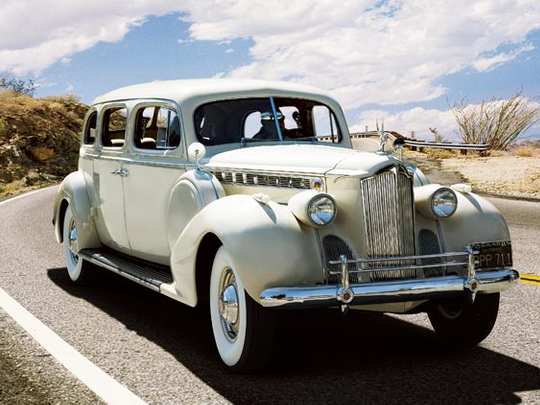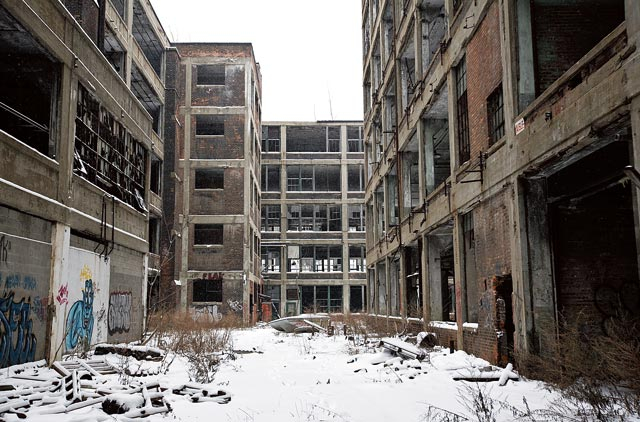
Back when the hula hoop and greased-back hair were in fashion, Packard was making a name for itself as one of the premier carmakers in the US. That signature ‘tombstone’ grille symbolised luxury, style and unmatched engineering. To be able to afford one of these grand automobiles, you had to be very, very wealthy.
Engineer James Ward Packard, his brother William and their partner George Lewis Weiss began working on a car in 1900 having become increasingly fed up of their unreliable Winton — one of the first American companies to sell a car. It wasn’t long before a one-cylinder Packard showed up and orders began pouring in thanks to its reliability, superior engineering and craftsmanship — qualities which would form the trademark of the company for the next 50 years.
Packards were huge, fast and loaded with every luxury amenity available. Its twin-six V12 unveiled in 1915 set new standards in engineering, while bodies were supplied by the best in the business such as LeBaron, Rollston and Dietrich. It was leading the way in style, power and extravagance and when the great depression hit the US in the Thirties, it shrewdly entered the lower end of the market by building the 120 — a small eight-cylinder model aimed at the masses. It set sales records but it also proved to be the beginning of the end for the carmaker, which began concentrating more on similar, cheaper models rather than the luxury cars it was famed for after the Second Word War.
Its image tarnished, sales plummeting and with no V8 engine to entice aristocrats with, Packard made a desperate attempt to claw its way back into the public eye by buying Studebaker. It was thought this move would help raise its profile, but Studebaker was considered by many to be of lower prestige and quality than Packard. Having outsold Cadillac in the Fourties, the carmaker was now bankrupt and by 1962, it ceased production.
Despite the fabulous cars and even inventions that it was credited with (it was the first carmaker to introduce a steering wheel, the H-pattern gear shift and the V12 engine), the massive 3.5 million square-foot Detroit factory was its crown jewel. It was the most modern facility in its day, boasted 47 buildings and employed more than 40,000 workers.
Today it’s a derelict site that stands as the largest abandoned industrial complex in the world. That’s hardly something to brag about, but it just shows what a big industry player Packard was...












